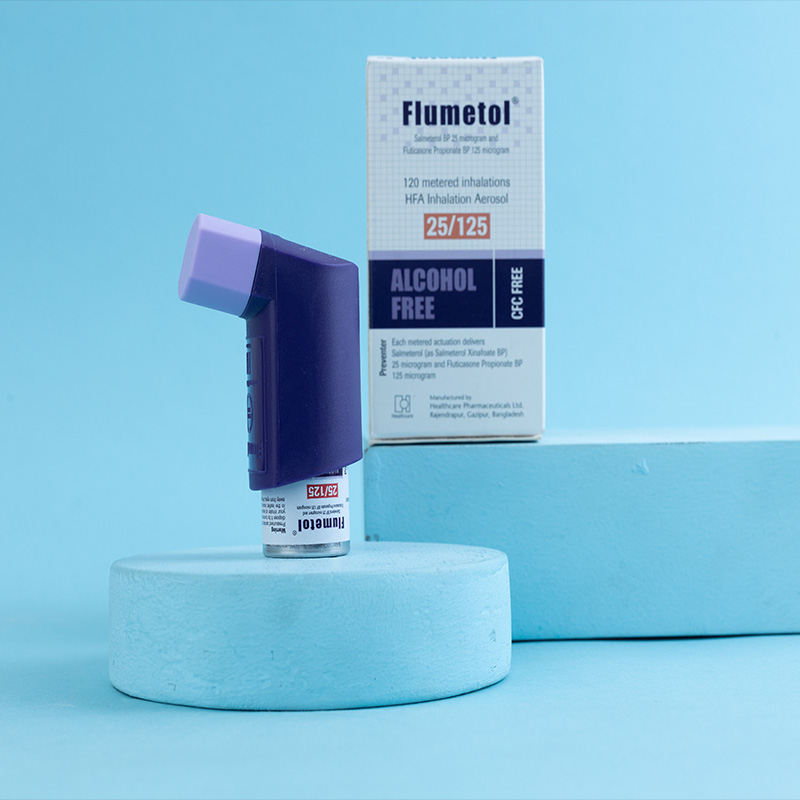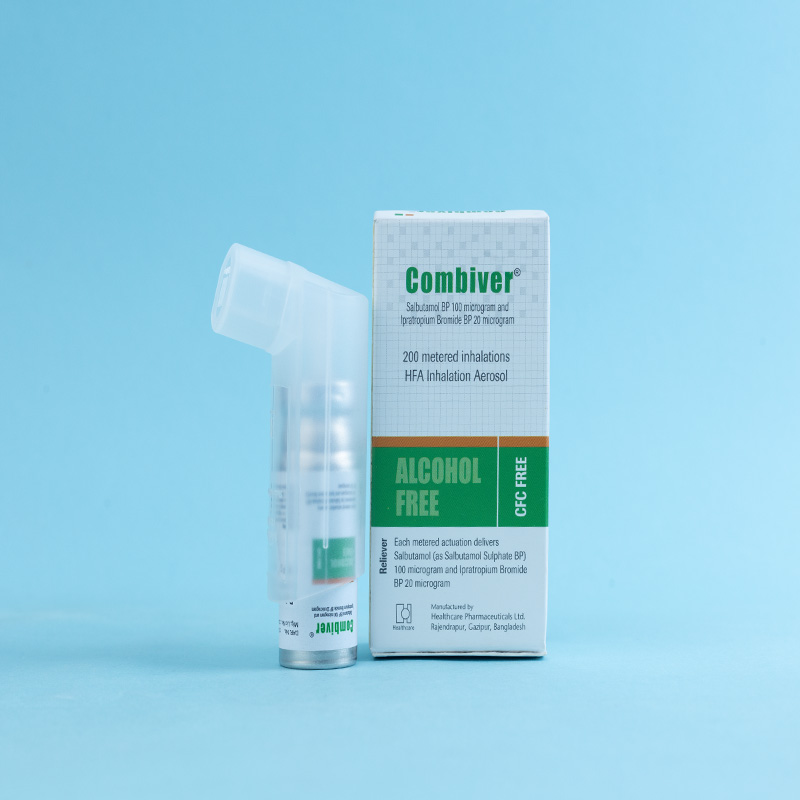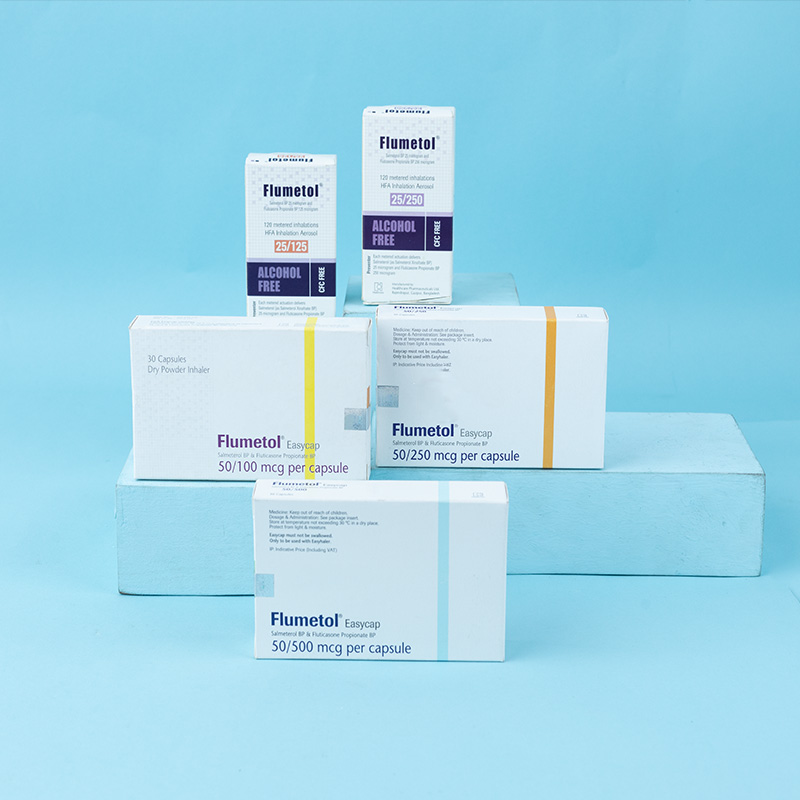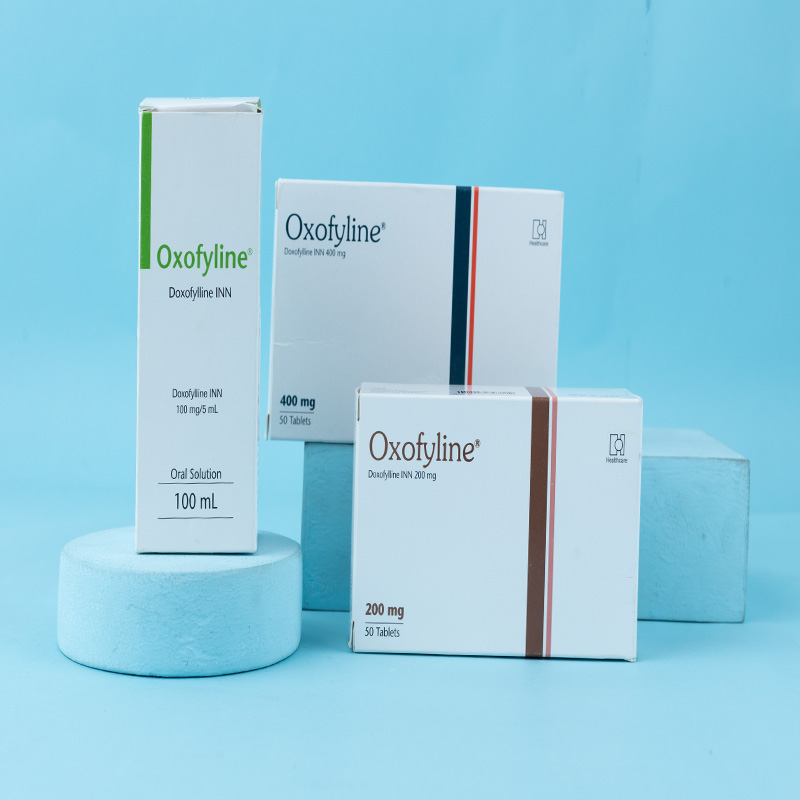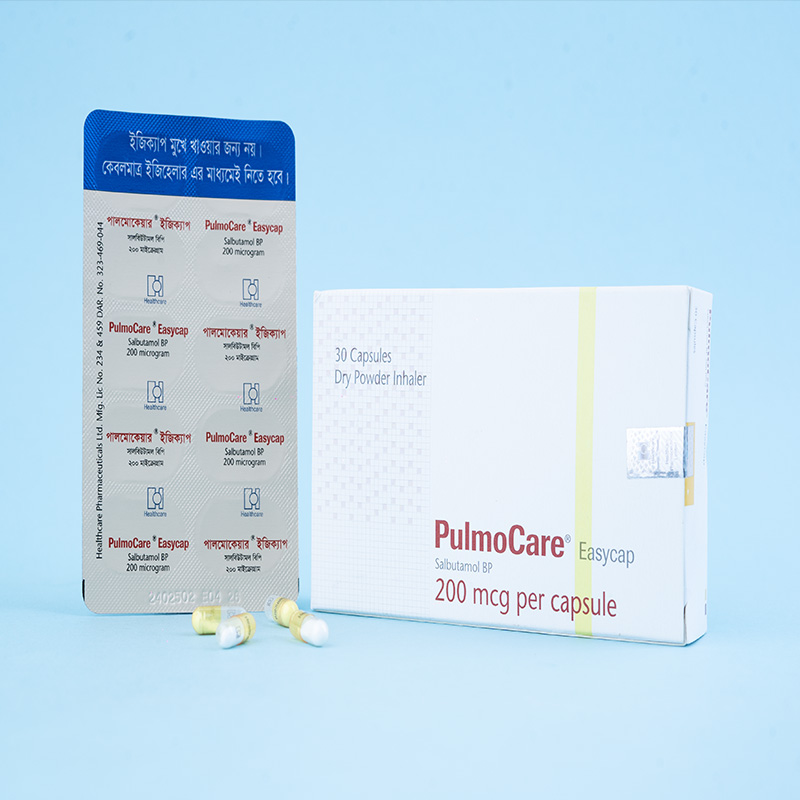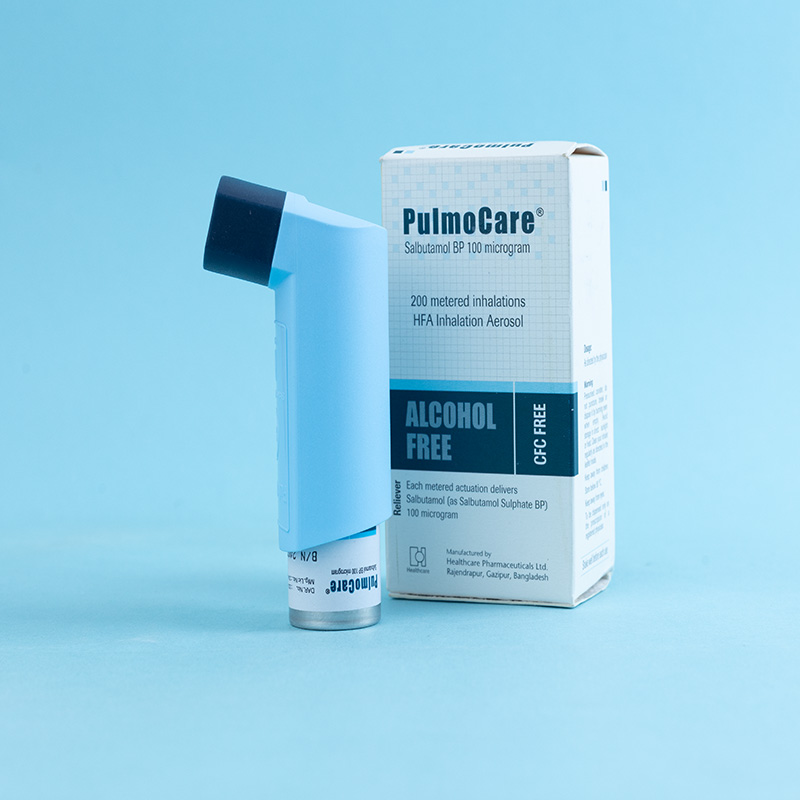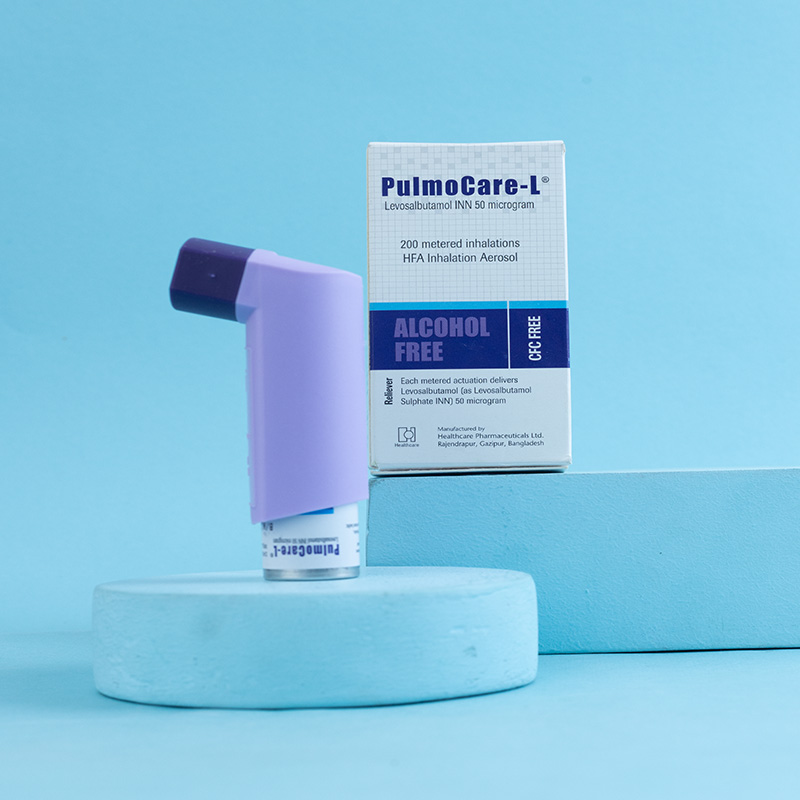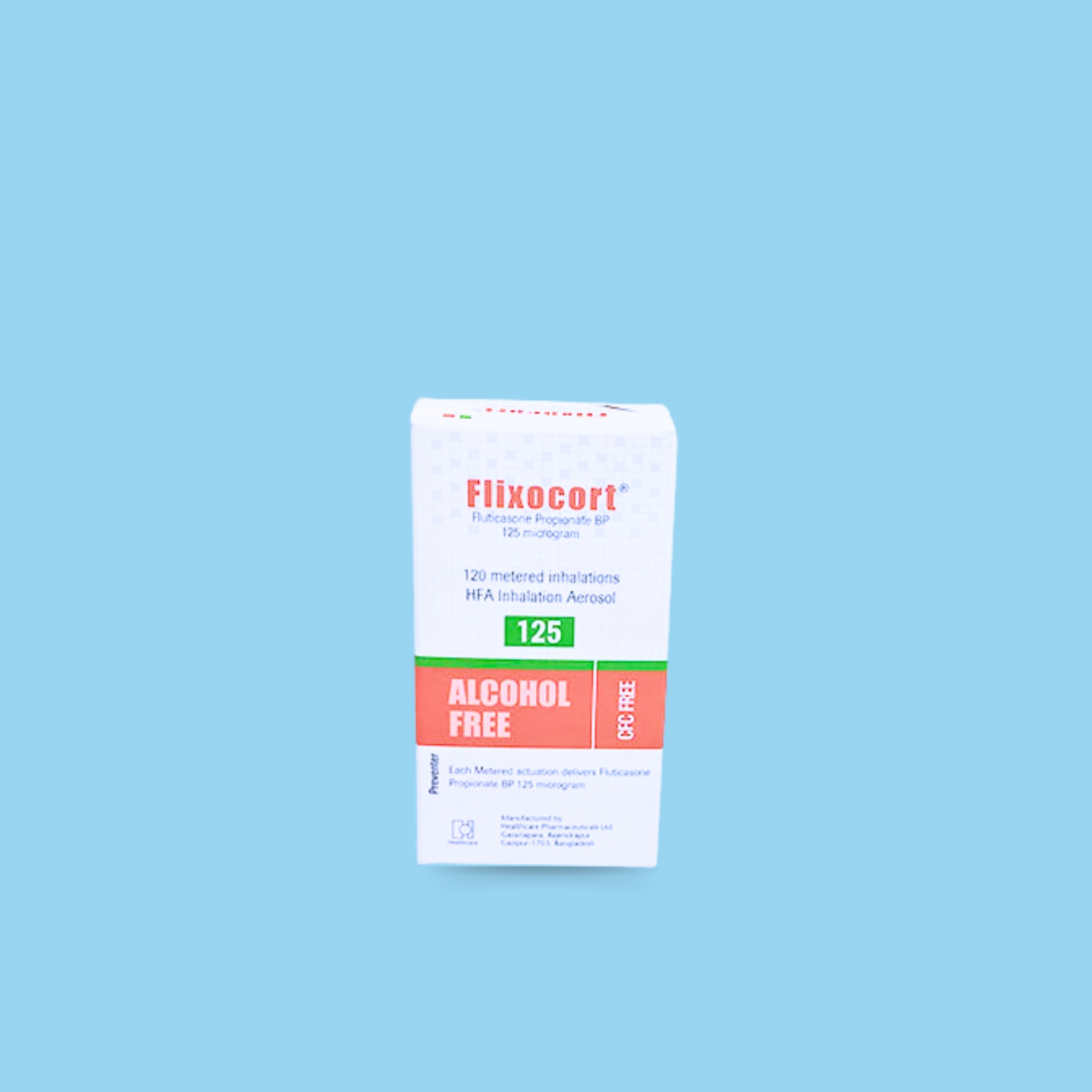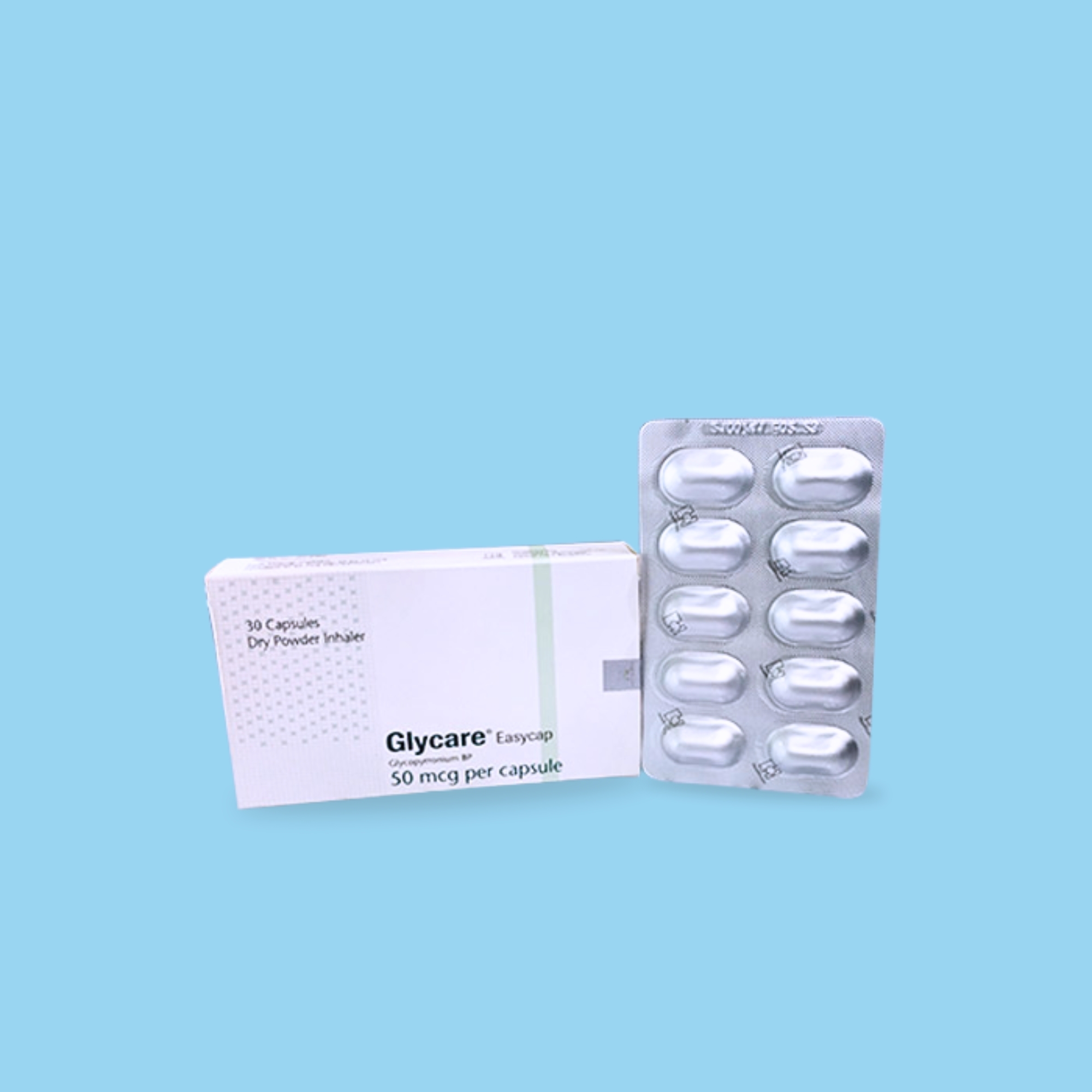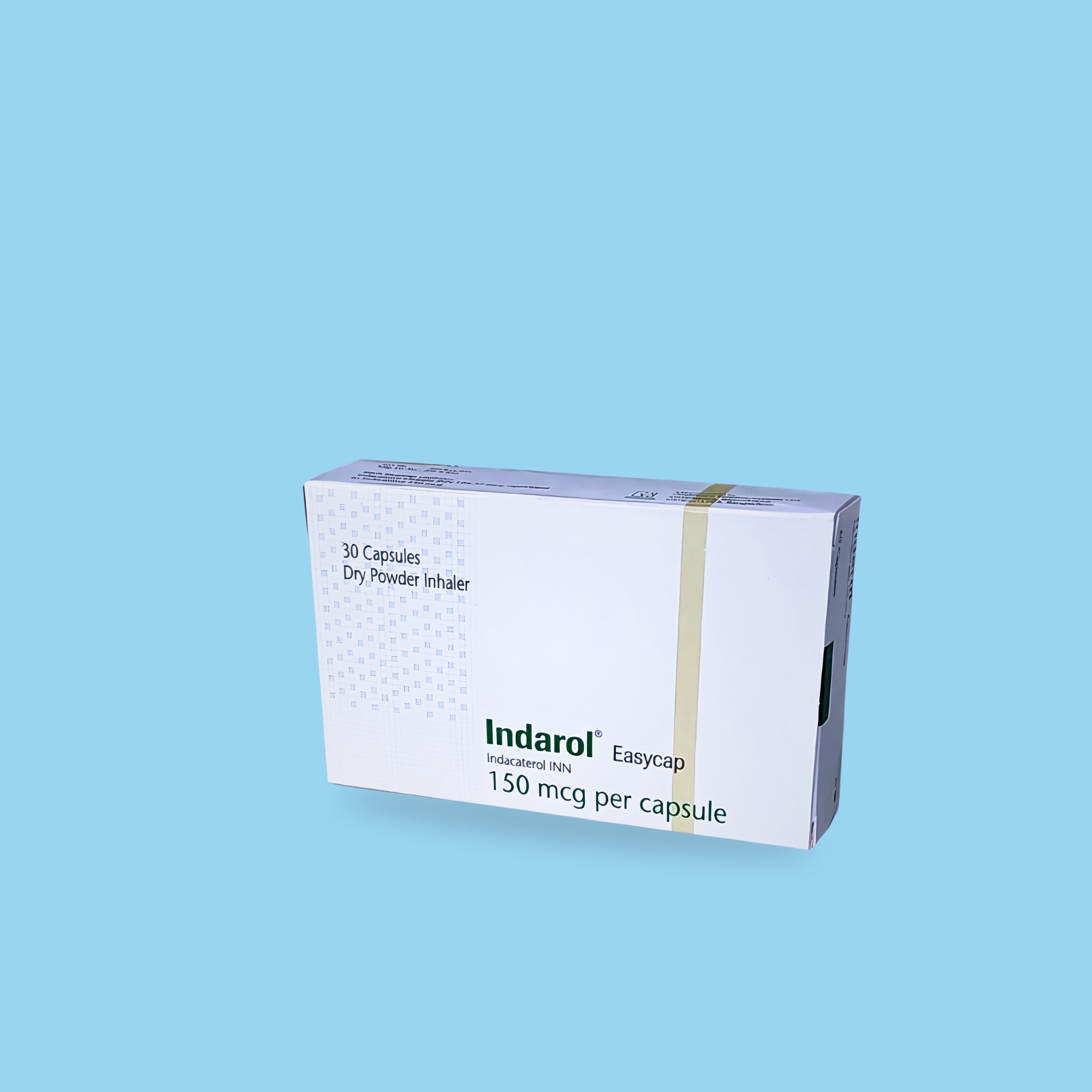Flumetol® is indicated in the regular treatment of asthma where use of a combination product (long-acting beta-2 -agonist and inhaled corticosteroid) is appropriate:
Patients not adequately controlled with inhaled corticosteroids and as needed inhaled short acting beta-2-agonist. or Patients already adequately controlled on both inhaled corticosteroids and long-acting beta-2-agonist.

Flumetol is indicated for the regular treatment of asthma where the use of a combination product (long-acting β2-agonist and inhaled corticosteroid) is appropriate. It is prescribed for patients who are not adequately controlled with inhaled corticosteroids and 'as needed' inhaled short-acting β2-agonists or for those already adequately controlled on both inhaled corticosteroids and long-acting β2-agonists.
Salmeterol Xinafoate is a selective, long-acting beta-2 agonist used in the treatment of asthma and other forms of diffuse airway obstruction. Fluticasone Propionate is a corticosteroid with primarily glucocorticoid activity. It exerts a topical effect on the lungs without systemic effects at usual doses. Salmeterol protects against symptoms, while Fluticasone Propionate improves lung function and prevents exacerbations. This preparation offers a more convenient regimen for patients on concurrent β-agonist and inhaled corticosteroid therapy.
Salmeterol is a selective, long-acting (12-hour) beta-2-adrenoceptor agonist with a long side chain that binds to the exo-site of the receptor. Fluticasone Propionate, when inhaled at recommended doses, has a potent glucocorticoid anti-inflammatory action within the lungs, reducing symptoms and exacerbations of asthma without the adverse effects seen with systemic corticosteroids.

For inhalers:
Adults and adolescents (12 years and older): 2 puffs of 25 µg Salmeterol and 50 µg Fluticasone Propionate twice daily, or 2 puffs of 25 µg Salmeterol and 125 µg Fluticasone Propionate twice daily, or 2 puffs of 25 µg Salmeterol and 250 µg Fluticasone Propionate twice daily.
Children (4-12 years): 2 puffs of 25 µg Salmeterol and 50 µg Fluticasone Propionate twice daily.
For inhalation capsules (asthma): Adults and adolescents (12 years and older): Salmeterol 50 µg & Fluticasone 100 µg or Salmeterol 50 µg & Fluticasone 250 µg twice daily (morning and evening, approximately 12 hours apart). The recommended starting dosages depend on asthma severity. The maximum recommended dosage is Salmeterol 50 µg & Fluticasone 500 µg twice daily.
Pediatric patients (4-11 years): For those not controlled on an inhaled corticosteroid, the dosage is Salmeterol 50 µg & Fluticasone 100 µg twice daily (morning and evening, approximately 12 hours apart).
For inhalation capsules (COPD): Salmeterol 50 µg & Fluticasone 250 µg twice daily (morning and evening, approximately 12 hours apart). Rinsing the mouth after each inhalation is advised.
For Maxhaler (Asthma): This is a molded plastic device containing a foil strip with 60 regularly placed blisters containing pre-dispensed inhalation powder. Patients should be aware that the inhaler must be used daily for optimal benefit, even when asymptomatic.
Adults and adolescents (12 years and older):
50/100 inhaler: One inhalation twice daily
50/250 inhaler: One inhalation twice daily
50/500 inhaler: One inhalation twice daily
Children (4 years and older): 50/100 inhaler: One inhalation twice daily. The maximum licensed dose of Fluticasone Propionate delivered by this inhaler in children is 100 mcg twice daily. There are no data available for use in children under 4 years.
For Maxhaler (COPD): Inhaler: One inhalation twice daily.
There is no need for dose adjustment in elderly patients or those with renal impairment. There are no available data for use in patients with hepatic impairment.

Using an inhaler may seem simple, but many patients do not use it correctly. Incorrect use can result in less medicine reaching the lungs. Proper and regular use of the inhaler prevents or reduces asthma attacks.
Steps to use an inhaler effectively (according to the "National Asthma Guidelines for Medical Practitioners" published by the Asthma Association):
Take off the cap.
Shake the inhaler vigorously (at least six times) before each use.
If the inhaler is new or has not been used for a week or more, shake it well and release one puff into the air to ensure it works.
Breathe out fully and hold the inhaler upright.
Place the actuator into the mouth between the teeth and close lips around the mouthpiece.
While breathing deeply and slowly through the mouth, press down firmly and fully on the canister to release the medicine.
Remove the inhaler from the mouth and hold your breath for at least 10 seconds or as long as comfortable.
If multiple inhalations are prescribed, wait one minute between puffs, shaking the inhaler well before repeating steps 4-7.
Replace the cap on the mouthpiece after use. Rinse your mouth with water after each treatment.
Regularly check your technique in a mirror. If a white mist appears during inhalation, it may indicate improper use.
Cleaning the Inhaler:
Clean the inhaler at least once a week. Remove the canister and rinse the plastic actuator and cap in warm water, but do not immerse the metal canister in water. Dry the actuator and cap thoroughly before replacing the canister with a twisting motion. Put the cap back on the mouthpiece.

Both non-selective and selective β-blockers should be avoided in asthma patients unless absolutely necessary. Due to the very low plasma concentrations achieved after inhaled dosing, clinically significant drug interactions are unlikely. However, caution should be taken when co-administering strong CYP3A4 inhibitors (e.g., ketoconazole, ritonavir), as they may increase systemic exposure to Fluticasone Propionate.

Flumetol is contraindicated in patients with a history of hypersensitivity to Salmeterol Xinafoate, Fluticasone Propionate, or any of the excipients. It is not suitable for the primary treatment of status asthmaticus or other acute asthma episodes requiring intensive measures.

Since Flumetol contains both Salmeterol and Fluticasone Propionate, their respective side effects may occur.
Salmeterol: Common side effects include tremors, palpitations, headaches, and cardiac arrhythmias (e.g., atrial fibrillation, supraventricular tachycardia). Arthralgia, hypersensitivity reactions (rash, edema, angioedema), oropharyngeal irritation, and rare cases of muscle cramps have been reported.
Fluticasone Propionate: Possible side effects include hoarseness, oral candidiasis (thrush), cutaneous hypersensitivity reactions, and rare facial/oropharyngeal edema. Gargling with water after use may help reduce these effects.

Flumetol should be used during pregnancy and lactation only if the expected benefit to the mother outweighs potential risks to the fetus or child. There is insufficient data on its safety in human pregnancy and lactation. Animal studies have shown fetal effects at excessive systemic exposure levels. The presence of Salmeterol and Fluticasone Propionate in breast milk is expected to be minimal.

Store below 30°C, away from direct sunlight and heat. The pressurized canister should not be punctured, broken, or incinerated, even when empty. Keep away from children and avoid contact with eyes.


